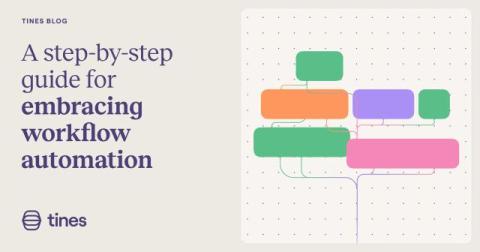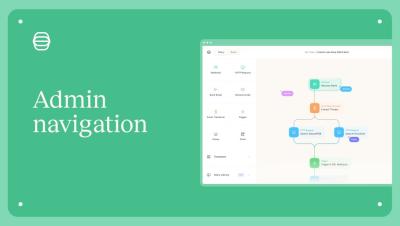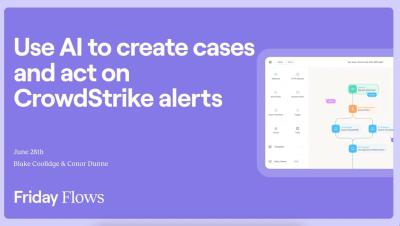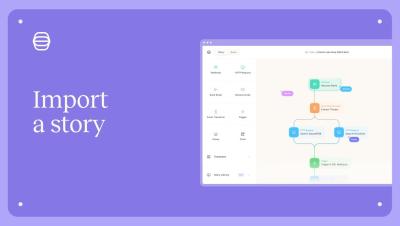What's new in Tines: July 2024 Edition
Have you thought about how you can keep your Tines stories short and efficient? Use rules in your Webhook Action to create events based on specific requests. Events are only created when a rule is matched. When you want to focus on a specific result, customize response action options or filter out requests with regex that do not match your criteria.

















